Summary
The segment from Headwaters to Comanche Point is a popular run, covering a distance of approximately 12 miles and offering Class III to IV+ rapids.
The ideal streamflow range for this segment of the Whitewater River is between 300-600 cubic feet per second (cfs). This flow level ensures that the rapids are challenging but still navigable. Flow levels above this range can create dangerous conditions, while lower flow levels may make the rapids less exciting.
The Class rating of this segment ranges from Class III to IV+. Class III rapids are characterized by moderately difficult water with moderate waves and obstacles, while Class IV rapids are challenging with large waves, powerful currents, and potentially hazardous obstacles.
Several notable rapids and obstacles are present along this segment of the river, including the "Squeeze," "Rockslide," and "Tres Rios." These rapids offer a thrilling experience for experienced whitewater paddlers.
When it comes to regulations, the Whitewater River is managed by the Bureau of Land Management (BLM) and requires a permit for all commercial outfitters. Additionally, paddlers should be aware of potential hazards such as low head dams, strainers, and other obstacles. Proper safety equipment and training are essential for a safe and enjoyable trip.
In conclusion, the Headwaters to Comanche Point segment of the Whitewater River is a challenging and exciting run for experienced whitewater paddlers. The ideal streamflow range, Class III to IV+ rapids, and specific hazards and regulations make it a unique and thrilling experience.
River Run Details
| Last Updated | 2025-11-21 |
| River Levels | 43 cfs (2.0 ft) |
| Percent of Normal | 113% |
| Status | |
| Class Level | iii-iv |
| Elevation | ft |
| Streamflow Discharge | cfs |
| Gauge Height | ft |
| Reporting Streamgage | USGS 08254000 |
Weather Forecast
Nearby Streamflow Levels
Area Campgrounds
| Location | Reservations | Toilets |
|---|---|---|
 Little Costilla Camp
Little Costilla Camp
|
||
 Little Costilla Low Impact Camp
Little Costilla Low Impact Camp
|
||
 Ash Mountain Camp
Ash Mountain Camp
|
||
 Cimarron Campground
Cimarron Campground
|
||
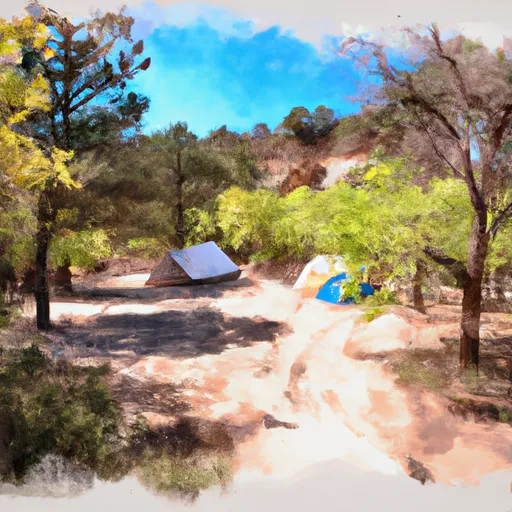 NFS Cimarron Campground
NFS Cimarron Campground
|
||
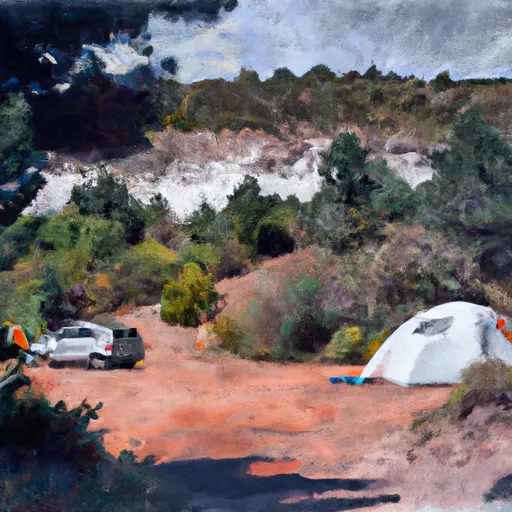 Middle Ponil Camp
Middle Ponil Camp
|



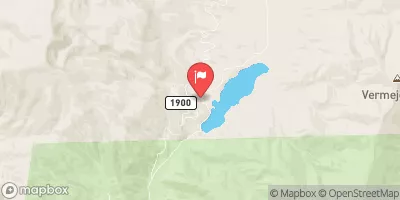
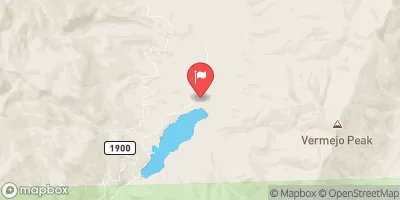
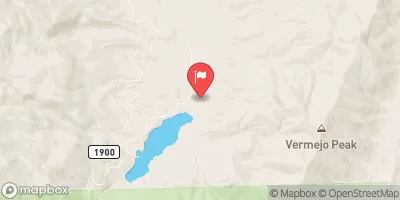
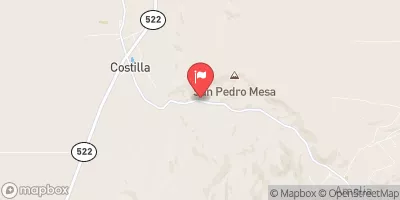
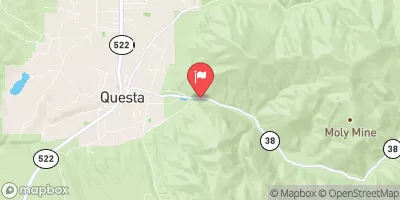
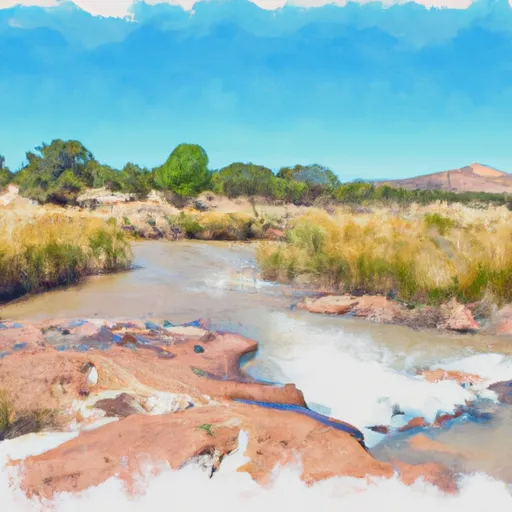 Headwaters To Comanche Point
Headwaters To Comanche Point
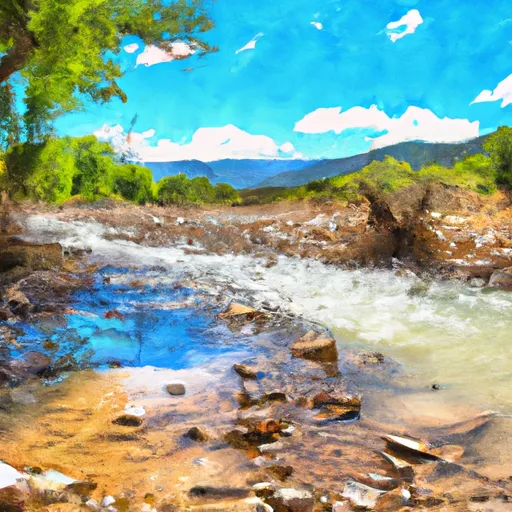 Headwaters To Comanche Creek
Headwaters To Comanche Creek
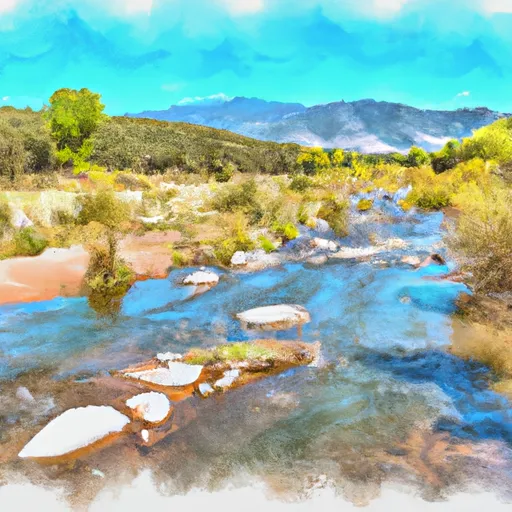 Headwaters To Costilla Creek
Headwaters To Costilla Creek
 Nf Boundary To Nf Boundary
Nf Boundary To Nf Boundary